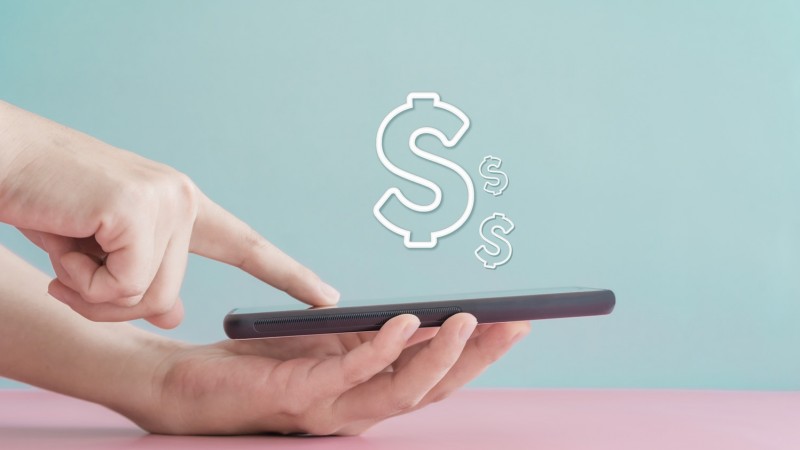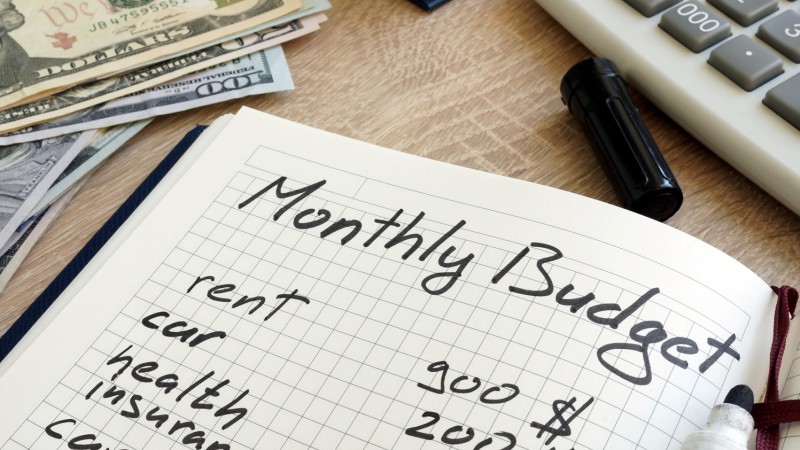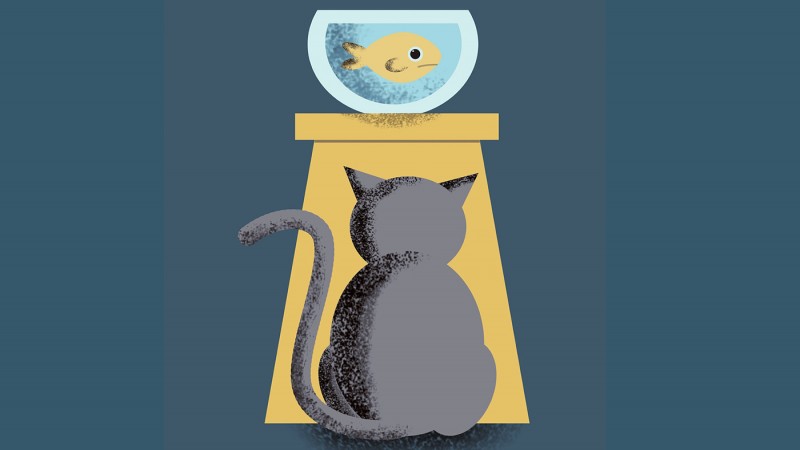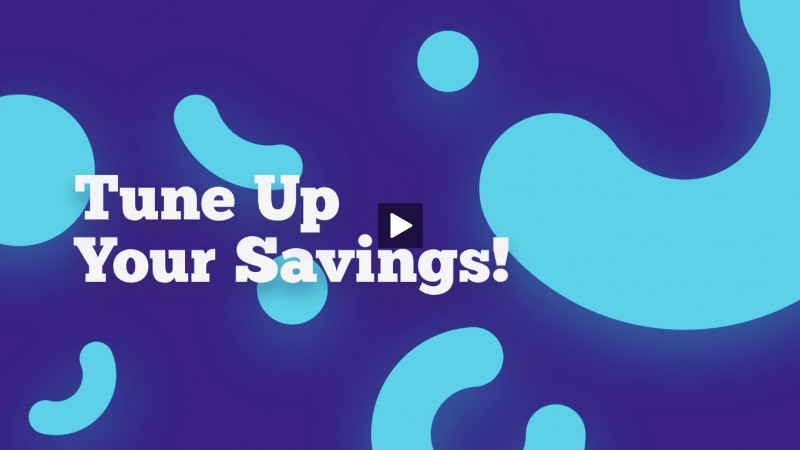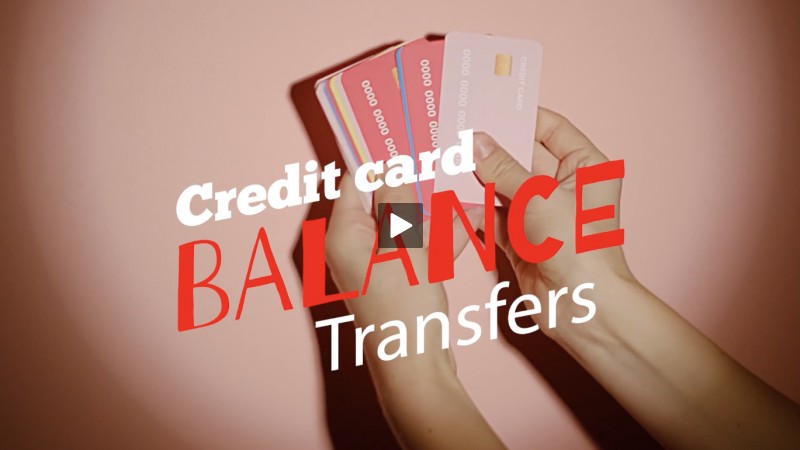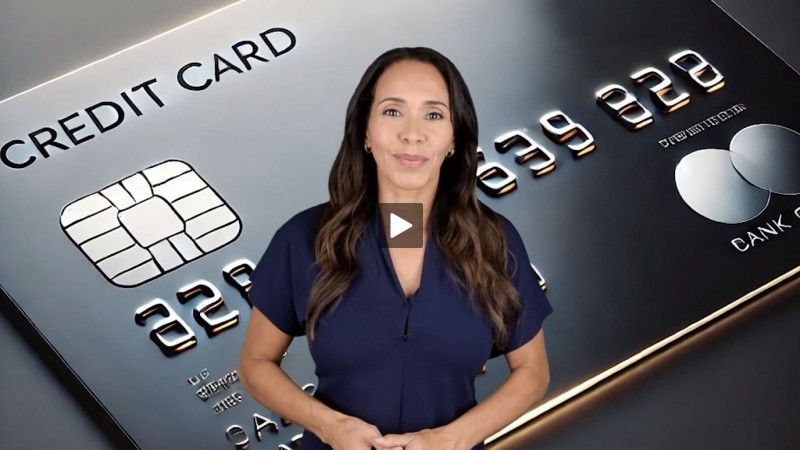How Much Do You Spend on Subscriptions in a Year?
- Details
- Written by Remar Sutton
- Category: Articles

Subscriptions come in many forms. Magazines, newspapers, websites, apps, newsletters, services, and much more are available by subscription, though it might be called a fee instead of a subscription. With the number of things available by subscription steadily increasing, the ease of signing up, recurring payments, and automatic renewal it is very easy to lose track of how much you are spending.
By taking the time to review all of your subscriptions and recurring payments, you can reduce unnecessary spending and increase your savings.
Do you know how much you are spending? Could you be saving money?
By taking the time to review all of your subscriptions and recurring payments, you can reduce unnecessary spending and increase your savings.
Step 1
Start with the visible subscriptions that show up in your mailbox or at your door. Which magazines and newspapers do you actually read? If they are just stacking up, cancel them. If you still want to subscribe, you may be able to save money by switching to a digital subscription.
Subscription boxes are typically more expensive. Examples of subscription boxes include clothing, pet toys or supplies, meal kits, and kids toys or books. If you no longer want it, cancel it. You may be able to save money by changing how often it is delivered.
Step 2
Next, look at your financial statements and payment accounts for recurring payments. Go back at least 12 months to ensure that you find all of your annual payments. Small payments, such as under $10, can add up so don't ignore them.
You will want to look closely for charges related to subscriptions that you didn't cancel after the "try it for free" time period which can be as short as 7 days.
Review your streaming services to determine which ones you use regularly. For example, how often do you stream a movie? Would it be less expensive to pay by the movie than pay a monthly fee for a service? If you signed up for a service to watch a particular series consider suspending or canceling the service until you want to use it again. For music streaming, will the free tier meet your needs?
Step 3
Other charges may come from subscriptions you no longer use or no longer need. Examples include:
-
Online storage. Do you need to save your documents in the cloud or would it be less expensive to back them up to an external drive?
-
Apps or programs such as money management, note taking, tools & utilities, security, privacy, games and entertainment. Is there a free version that will work for you?
If corralling your subscriptions seems to be a daunting task, simplify it by putting the information in a spreadsheet or list as you work through each account. The spreadsheet will help you keep track of each subscription including how much it costs, when it expires, which account is used, when you cancelled, and whether it auto-renews.
Need Help?
If you don't want to do it yourself, there are services that can help you manage or even cancel subscriptions for you but they need the log-in details for your financial accounts including your credit cards and personal details required for cancellations. Some are free and some have free and paid versions. Check them out carefully before using them. At a minimum, determine how they make their money, how do they protect your information and who do they share it with.














